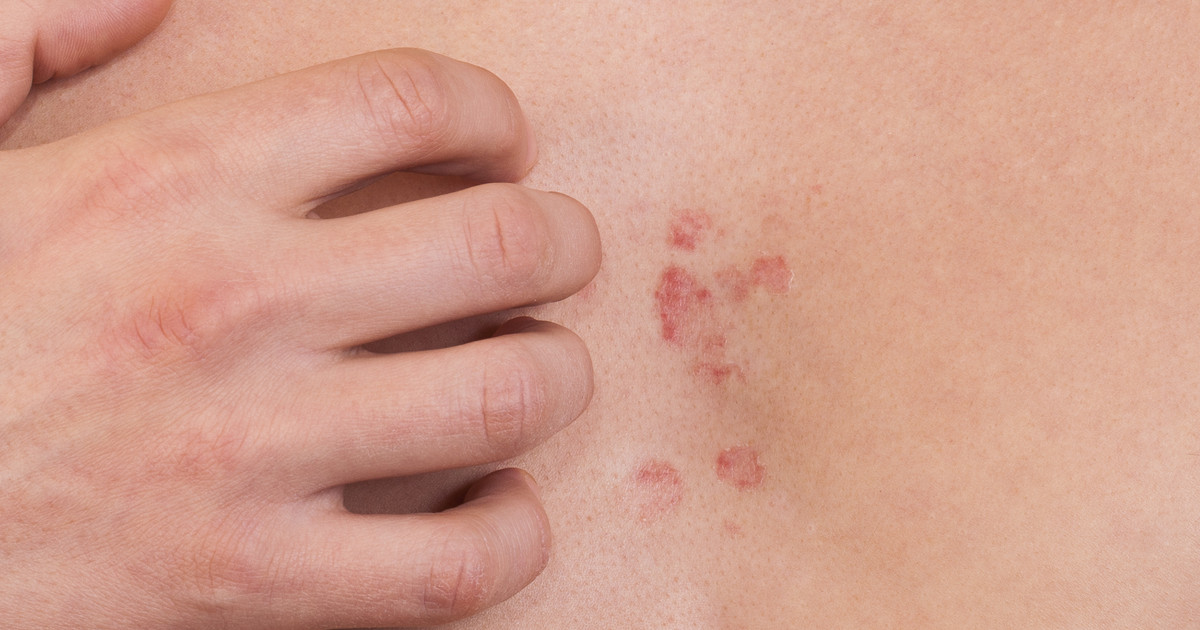Serious Symptoms Of Stevens-Johnson Syndrome
Stevens-Johnson syndrome is a serious disorder that affects the mucous membranes and skin. Most cases involve an individual reacting to a new medication or an increased dose of medication they are already taking. It may occur while an individual is taking a medication or up to two weeks after stopping one. Medications that may cause Stevens-Johnson syndrome include anticonvulsants, anti-gout medicines, antipsychotics, and antibacterial sulfonamides. Some pain medications, such as ibuprofen and acetaminophen, may also trigger this condition. Infections like pneumonia and HIV can also result in Stevens-Johnson syndrome.
Stevens-Johnson syndrome treatment typically requires emergency hospitalization. Patients will also need to stop taking nonessential medication. Fluid replacement for Stevens-Johnson syndrome is common, as is additional nutrition. Many patients will need medication for Stevens-Johnson syndrome. This can include pain medication, topical steroids, and antibiotics. Individuals will also need to develop some new habits as a natural remedy for Stevens-Johnson syndrome and to prevent future occurrences.
Skin Rash

The skin rash does not tend to be the first symptom, but it is the most characteristic one. It is also one of the most serious symptoms because of how the skin becomes damaged. Patients might notice that their skin has become reddened in one or more areas. They might also see raised and reddened spots, called macules. Unlike most harmless rashes, the rash associated with Stevens-Johnson syndrome will rapidly spread across the skin. The patches of redness will form into a rash and then continue attacking other parts of the skin.
Some patients have presented with rashes that look like a target or bullseye. The most common location for the rash to develop is on the face and upper chest, along with the soles of the feet and the palms of the hands. Some patients have limited symptoms that are contained to these parts of the body. Other patients have rashes that spread over hours or days to cover a large part of the body. The condition may be painful or itchy.
Continue reading to learn about more symptoms linked to Stevens-Johnson syndrome now.
Fever

A fever is often the first symptom to appear. However, patients are unlikely to know that the fever is connected to Stevens-Johnson syndrome until the rash begins. The fever usually sets in anywhere from one to three days before the development of the rash. Other flu-like symptoms may accompany it. Fevers are temporary increases in the body's internal temperature and often indicate that an individual has an illness. However, because so many conditions can cause a fever, it is hard to pinpoint a diagnosis based on that symptom alone.
Some individuals have fevers fairly often. Thus, they may not think anything of it when the Stevens-Johnson syndrome fever develops. Others might believe that the temperature is concerning, since it indicates that something is awry within the body. Most doctors will recommend that patients stay at home and rest when they have a fever, unless they develop other serious symptoms. The exception is if the fever climbs to a height of 103 degrees Fahrenheit or higher. This indicates that something is sending a patient's immune system into overdrive, and a doctor should evaluate them.
Reveal additional symptoms of Stevens-Johnson syndrome now.
